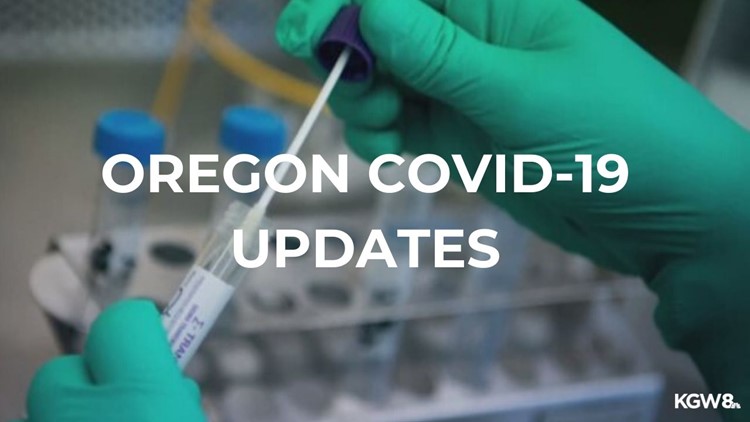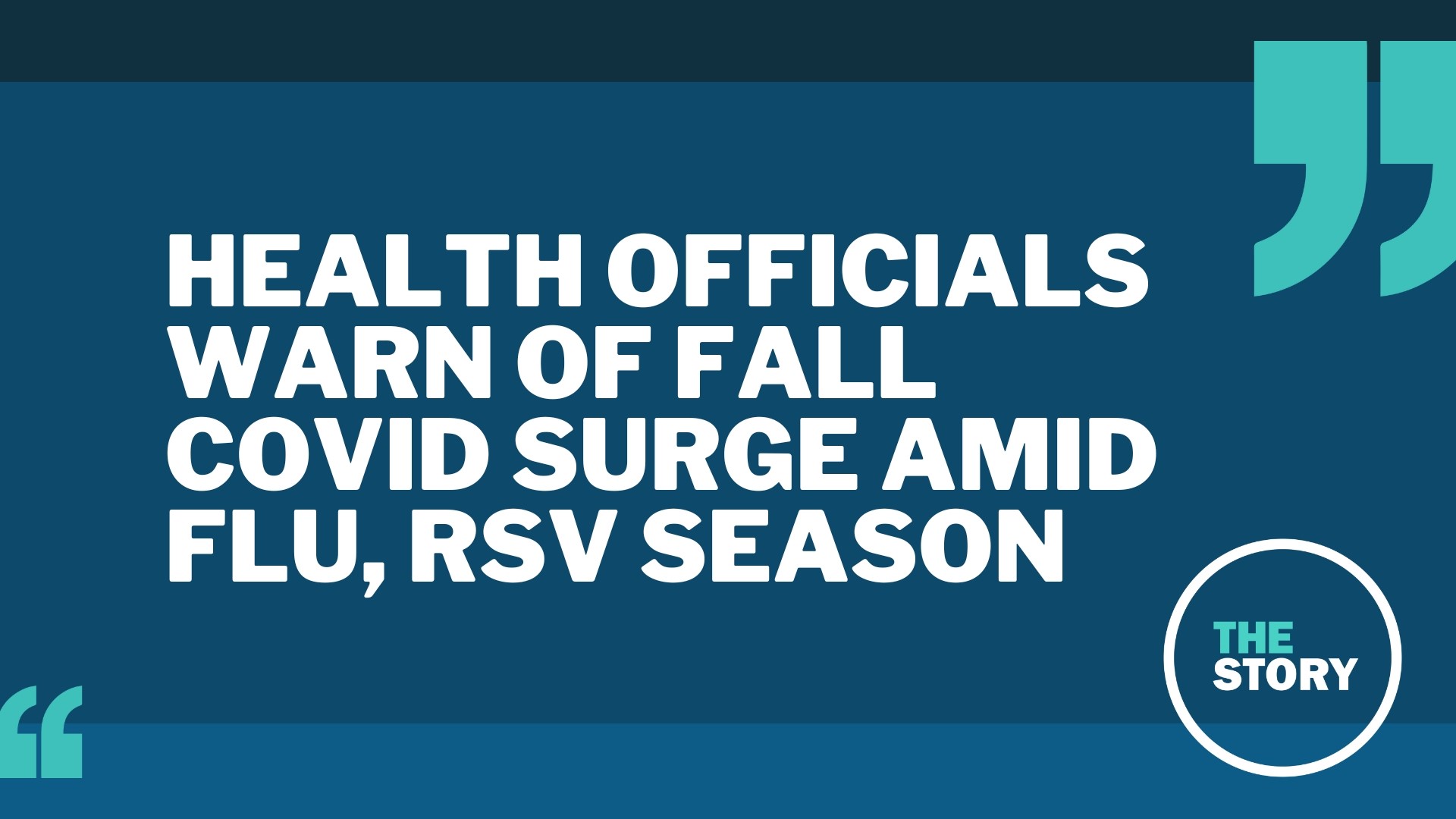PORTLAND, Ore — Oregon health officials on Friday reported three more COVID-19 deaths and 314 new cases of the virus.
Oregon’s death toll is now 563 people.
The Oregon Health Authority (OHA) released the following information about the three people who died:
- Orgon’s 561st COVID-19 death is an 80-year-old woman from Wasco County who tested positive on Sept. 16 and died on Sept. 28 in her residence. She had underlying conditions.
- Oregon’s 562nd COVID-19 death is an 83-year-old man in Lane County who tested positive on Aug. 27 and died on Sept. 30 in his residence. He had underlying conditions.
- Oregon’s 563rd COVID-19 death is an 84-year-old man in Marion County who tested positive on Sept. 21 and died on Sept. 30 at Salem Hospital. He had underlying conditions.
The number of known COVID-19 cases in Oregon is now up to 34,163.
Washington County had the highest number of new cases on Friday with 66, followed by Multnomah County with 59.
Here are the counties with new cases:
- Baker: 1
- Benton: 8
- Clackamas: 15
- Clatsop: 3
- Columbia: 1
- Coos: 2
- Deschutes: 4
- Douglas: 3
- Hood River: 1
- Jackson: 13
- Jefferson: 1
- Josephine: 8
- Klamath: 4
- Lane: 39
- Lincoln: 1
- Linn: 6
- Malheur: 12
- Marion: 37
- Morrow: 1
- Multnomah: 59
- Polk: 5
- Umatilla: 12
- Wasco: 2
- Washington: 66
- Yamhill: 10
OHA updates modeling report
The OHA released its latest modeling report Friday. The model offers three scenarios, assuming 4,500 tests per day for each.
The optimistic scenario assumes a 5-percentage-point increase on Sept. 5, but attributes increases in diagnosed cases after Sept. 15 to a decline in testing.
- Under this scenario by Oct. 22, new infections would increase from 680 to 800, resulting in about 270 daily cases. Severe cases – those requiring hospitalization – would increase to 24, and a reproduction rate would be 1.04, meaning that someone with the virus is passing it to more than one person.
The pessimistic scenario assumes a 10-percentage-point increase in transmission after Sept. 5 and attributes some of higher cases to be the result of increased transmission rather than a lack of testing.
- Under this scenario, by Oct. 22, there would be approximately 900 new infections and about 300 new daily cases, with eight more severe cases and a reproduction rate of 1.17.
The moderate scenario assumes a 7-percentage-point increase from Sept. 5, attributing fewer of the increased diagnosed cases to increased transmission.
- Under this scenario, by Oct. 22, new daily cases would increase by 120, with one additional severe case and a reproduction rate of 1.12. Based on COVID-19 data through Sept. 24 the model is consistent with increases in transmission throughout May, followed by decreases in transmission through late July and declining cases in August.



